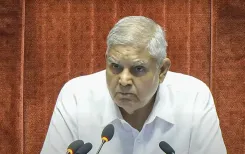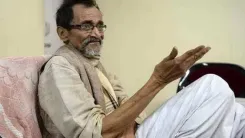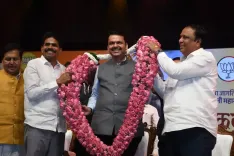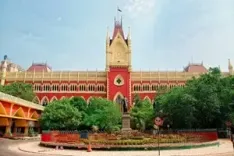Is it true that 80.93% of rural households have tap water? MoS V Somanna
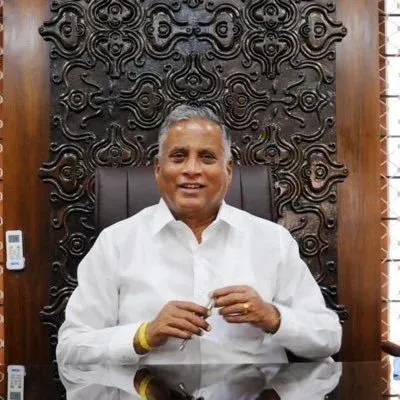
Synopsis
Key Takeaways
- 80.93% of rural households now have tap water.
- 12.43 crore households connected since the mission began.
- Regular assessments ensure operational functionality of connections.
- Government actively reviews progress with state authorities.
- Mission aims for sustainable access to safe drinking water.
New Delhi, July 21 (NationPress) A staggering 15.67 crore, which is 80.93 percent of the 19.36 crore rural households in India, are now equipped with tap water supply in their residences, as reported to the Rajya Sabha on Monday.
Minister of State for Jal Shakti, V. Somanna, provided this information in a written response, noting that under the Jal Jeevan Mission (JJM) – Har Ghar Jal, approximately 12.43 crore additional rural households have been granted tap water connections by July 15, 2025, since the initiative's launch in August 2019.
Initially, only 3.23 crore (or 16.7 percent) of rural households had access to tap water connections, stated the Minister of State.
This mission was initiated to ensure that every rural household across the nation has reliable access to potable water, provided in sufficient quantity and quality, through tap water connections, he elaborated.
To track the mission's outcomes, the Department of Drinking Water and Sanitation conducts evaluations on the functionality of household tap water connections through an independent third-party agency, employing standard statistical sampling methods.
“During the Functionality Assessment 2022, it was revealed that 86 percent of households had operational tap connections. Among these, 85 percent received water in sufficient quantities, 80 percent received water consistently as per their piped water supply schedule, and 87 percent of households complied with the prescribed water quality standards,” stated the Minister of State.
Somanna emphasized that to ensure the effective execution of the mission, the Central government continually reviews its implementation alongside respective State governments.
“Review meetings, conferences, workshops, and video conferences are held at the highest levels, where states are urged to strategize and accelerate implementation to meet the goals within a set timeframe. Additionally, field visits are conducted by the National Jal Jeevan Mission (NJJM) team to support states in swiftly implementing the mission,” concluded the Minister of State.

